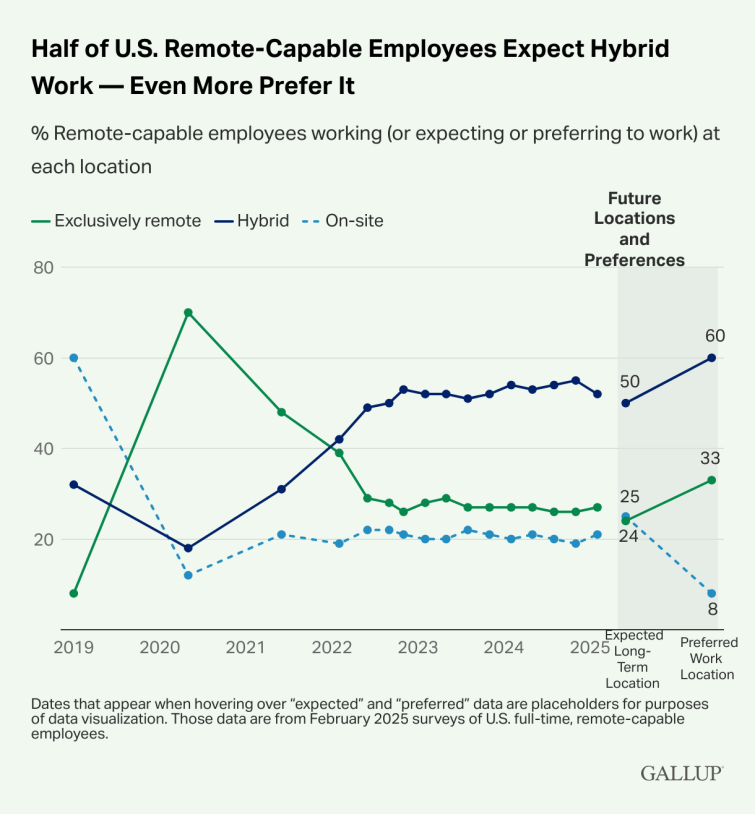Elevating Talent Acquisition: 5 Strategic Moves to Build a Future-Ready Team

The landscape of hiring has evolved dramatically over the years. The simplicity of submitting a resume and securing a position immediately is a thing of the past. In today’s competitive environment, organizations must exercise due diligence in their hiring processes, ensuring that candidates align seamlessly with their long-term objectives and mission.
While traditional recruiting focuses on promptly filling vacancies, talent acquisition takes a more strategic stance.
Here are five proven, future-focused strategies that will help your company attract, engage, and retain top-tier talent.
What Is Talent Acquisition?
Talent acquisition is a strategic approach to identifying, attracting, and onboarding individuals who are not only equipped to meet the immediate needs of a position but are also aligned with a company’s long-term goals and vision. Talent acquisition goes beyond the traditional practice of merely filling vacancies. Instead, talent acquisition delves deeper, considering the unique skills, potential, and cultural fit of candidates to ensure they are well-suited for both current and future organizational needs. By focusing on a company’s unique objectives, talent acquisition aims to build a workforce that is poised to evolve alongside the organization.
Talent Acquisition Strategies to Implement
As the needs of your company evolve, it’s important to adapt your hiring approach accordingly. Explore these five insightful tips to enhance your talent acquisition strategy.
1. Align Talent Acquisition with Long-Term Business Goals
When hiring is reactive, organizations often settle for short-term fits. Strategic talent acquisition flips that script. By aligning hiring decisions with your company’s growth plans and long-term vision, you’ll create a workforce built to adapt and lead.
To deepen this strategic mindset, explore 5 books every leader should read that offer actionable guidance on values-driven leadership, long-term thinking, and employee development.
Why It Works:
-
Ensures every hire is mission-critical
-
Reduces turnover by hiring for future roles, not just present needs
Real-World Example:
If your company plans to expand into Latin America within two years, prioritize candidates today who are fluent in Spanish and familiar with those markets.
Take Action:
Conduct quarterly meetings between HR and business leaders to align hiring forecasts with company roadmaps.
2. Offer Flexibility as a Standard, Not a Perk
The demand for flexible work isn’t going away. In fact, it’s often the deal-breaker for top candidates. Offering hybrid or fully remote roles shows you’re in tune with what modern professionals want.
Stat Spotlight:
A February 2025 Gallup survey found that 60% of employees with remote-capable jobs prefer a hybrid work arrangement. About one-third of them favor fully remote work, while less than 10% prefer to work on-site.
Take Action:
Formalize flexible work policies and highlight them clearly in your job postings and onboarding materials.

3. Prioritize Diversity, Equity, and Inclusion (DE&I)
A diverse workforce doesn’t just reflect today’s society—it drives innovation, engagement, and retention. But effective DE&I takes more than good intentions; it requires deliberate strategies and cultural commitment.
Tactics to Try:
-
Use blind resume screening tools to minimize bias
-
Assemble diverse hiring panels for interviews
-
Invest in DE&I training for managers and recruiters
Bonus Insight:
Companies with high DE&I performance are 36% more likely to outperform peers on profitability (McKinsey, 2022).
Take Action:
Audit your recruitment funnel for hidden biases and look for opportunities to create inclusive job descriptions and outreach.
4. Expand and Diversify Your Candidate Pipeline
Don’t wait for great candidates to come to you—go where they are. Tap into underrepresented talent pools and non-traditional education pipelines to broaden your reach.
Sources to Explore:
-
Veteran transition organizations
-
Community colleges or coding bootcamps
-
International markets for remote talent
Take Action:
Build partnerships with local workforce development programs and integrate proactive outreach into your recruitment campaigns.
5. Provide Strategic Relocation Support
As remote-first hiring expands your talent reach, the next challenge is helping employees transition, whether across states or the globe. Relocation support can make or break a candidate’s decision to accept your offer.
What It Should Include:
-
Housing and travel stipends
-
Cultural onboarding for families
-
Visa and immigration assistance
-
Tailored timelines for remote-to-onsite transitions
Insight from CapRelo:
Organizations offering relocation packages report 30% higher offer acceptance rates compared to those that don’t.
Take Action:
Assess whether your current relocation offering supports both domestic and international talent. Consider flexible relocation windows for remote hires who may want to relocate over time.
Download the Checklist to ensure your relocation strategy is cost-effective, competitive, and fosters a supportive environment for your relocating employees.
Final Thoughts
The future of talent acquisition is human-centered, strategic, and holistic. By aligning hiring practices with long-term business goals, offering flexibility, championing DE&I, expanding talent pools, and providing exceptional relocation support, your company will not only attract top talent—but build a resilient, future-ready workforce.
Want to learn how CapRelo can support your talent acquisition through smarter relocation solutions? Let’s talk.




